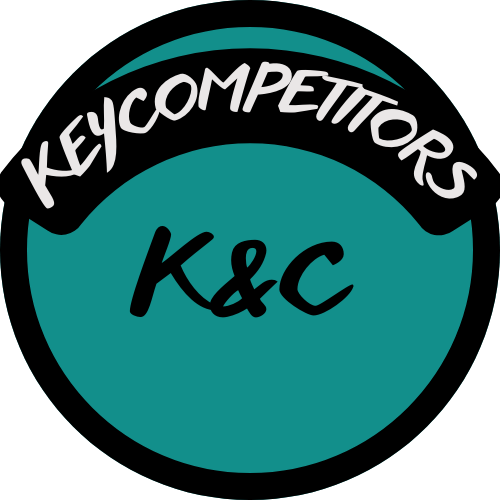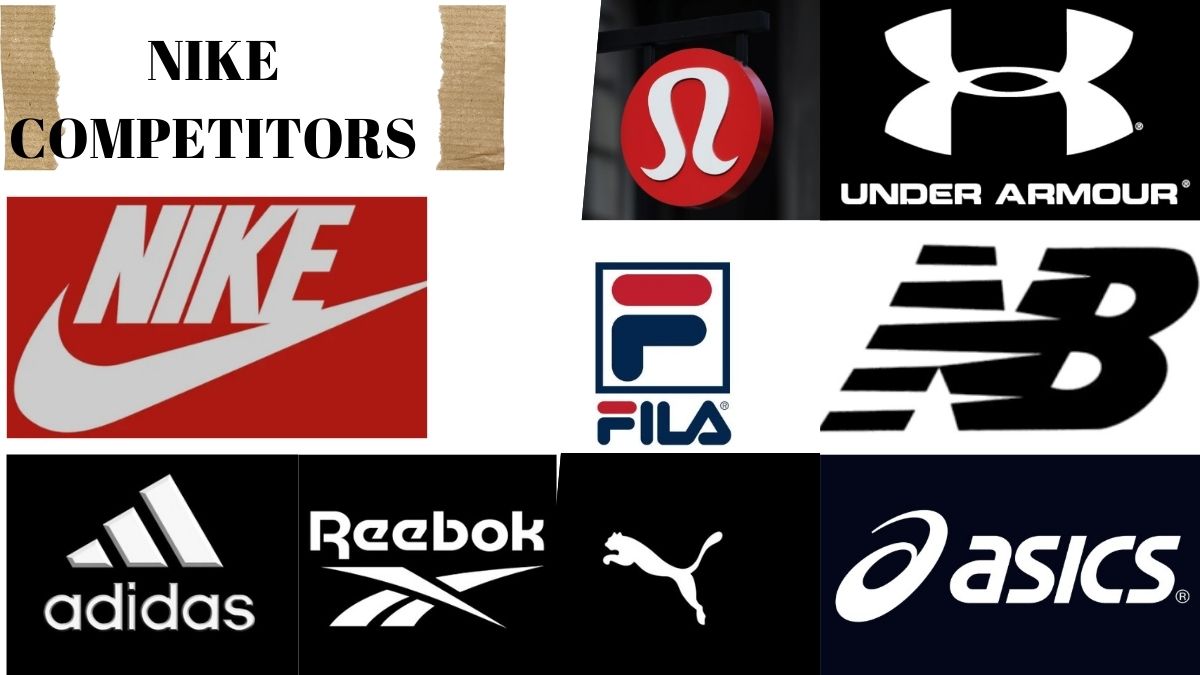Introduction
Nike has long been a dominant force in the athletic apparel and footwear industry, setting the standard for innovation, performance, and style. From cutting-edge technology to iconic marketing campaigns, Nike has built an empire that resonates with athletes, fashion enthusiasts, and casual consumers alike. However, the competitive landscape is constantly evolving, and Nike competitors are rising to challenge its supremacy.
This article dives deep into the world of Nike competitors, exploring their strengths, weaknesses, and strategies in the dynamic athletic market. Whether you’re a consumer looking for the best athletic gear or a business analyzing market trends, understanding the competition is key.
The Evolving Athletic Market
The athletic apparel and footwear industry is more vibrant than ever. Consumer preferences are shifting, driven by trends like sustainability, athleisure, and advanced sports technology. Nike has undoubtedly shaped this market with its innovative products and strong brand presence.
But as the industry grows, so does the competition. From global sportswear giants to niche activewear brands, Nike competitors are leveraging their unique strengths to carve out their share of the market. With new technologies, collaborations, and marketing strategies, these brands are challenging Nike in ways that keep the industry exciting and competitive.
Key Nike Competitors
Nike operates in a highly competitive environment, facing challenges from brands that excel in various areas, including performance gear, fashion collaborations, and premium activewear. Let’s take a closer look at some of the most prominent Nike competitors:
Company Overview
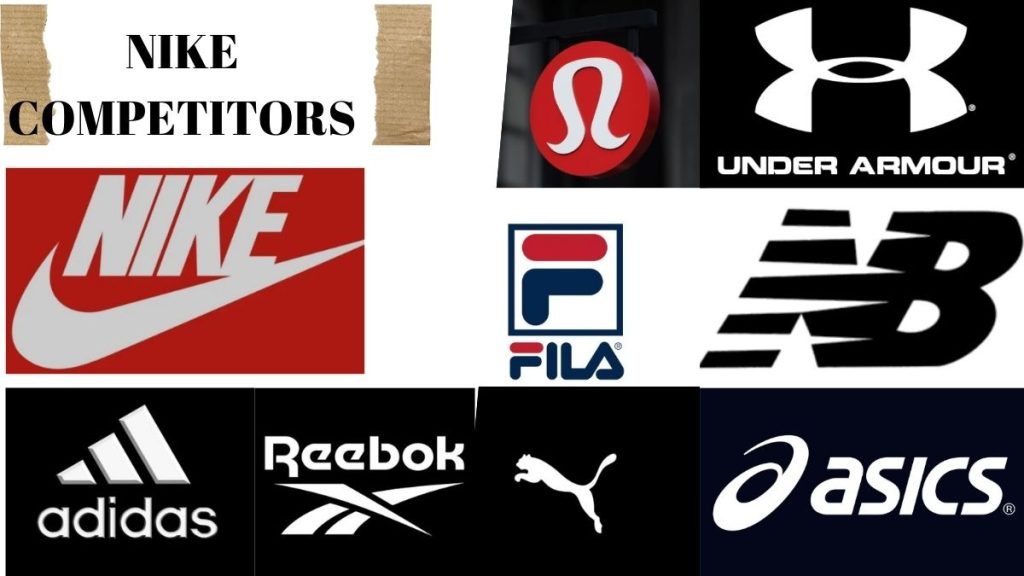
| Feature | Nike | Adidas | Under Armour | Puma | Lululemon | ASICS | New Balance | Reebok | Fila |
| Founded | 1964 | 1949 | 1996 | 1948 | 1998 | 1949 | 1906 | 1958 | 1911 |
| Founder(s) | Bill Bowerman & Phil Knight | Adolf Dassler | Kevin Plank | Rudolf Dassler | Chip Wilson | Kihachiro Onitsuka | William J. Riley | Joe & Jeff Foster | Giansevero Fila |
| Target Audience | Athletes, sports enthusiasts, fashion-conscious consumers | Athletes, sports enthusiasts, fashion-conscious consumers | Athletes, fitness enthusiasts, performance-driven consumers | Sports and lifestyle consumers, fashion-conscious individuals | Yoga enthusiasts, fitness-conscious individuals, premium activewear consumers | Athletes, runners, performance sports consumers | Athletes, casual wear consumers | Fitness enthusiasts, casual wear consumers | Lifestyle consumers, casual athletes |
| Headquarters | Beaverton, Oregon, USA | Herzogenaurach, Germany | Baltimore, Maryland, USA | Herzogenaurach, Germany | Vancouver, British Columbia, Canada | Kobe, Japan | Boston, Massachusetts, USA | Boston, Massachusetts, USA | Seoul, South Korea |
| Key Focus | Athletic footwear and apparel, performance innovation, brand marketing | Sports apparel and footwear, fashion collaborations, sports sponsorships | Performance apparel and footwear, technology-driven innovation | Sports and lifestyle apparel, fashion trends, celebrity collaborations | Premium athletic apparel with a focus on yoga and fitness | Performance footwear and apparel, running and sports technology | Running shoes, lifestyle sneakers, casual apparel | Affordable fitness apparel, lifestyle collections | Lifestyle and casual sportswear |
Market Presence and Share
Understanding market share is crucial when analyzing Nike competitors. While Nike dominates globally, other brands are gaining traction in specific regions and categories.
- Nike: Leads the global market, with strength in both athletic footwear and apparel.
- Adidas: A close second, particularly strong in soccer and streetwear.
- Under Armour: Has a strong presence in North America, focusing on performance gear.
- Puma: Growing steadily, especially in the sports style and collaboration space.
- Lululemon: Dominates the premium activewear segment, particularly among women.
- ASICS: A leader in running footwear and performance gear, with a loyal following among athletes.
- New Balance: Known for running shoes and lifestyle sneakers, with a growing global presence.
- Reebok: Recently revamped its brand to focus on fitness and casual sportswear.
- Fila: Popular for retro-inspired casual sportswear and lifestyle products.
Service Range
The range of services offered by Nike competitors varies widely, catering to different consumer needs and preferences:
- Nike: Athletic footwear and apparel for various sports, lifestyle collections, sports equipment, Nike+ digital platforms.
- Adidas: Athletic footwear and apparel, sportswear, streetwear, collaborations with designers and celebrities.
- Under Armour: Performance apparel and footwear for athletes, connected fitness technology.
- Puma: Athletic footwear and apparel, lifestyle collections, collaborations with athletes and fashion brands.
- Lululemon: Yoga and fitness apparel, outerwear, accessories, footwear.
- ASICS: Performance running footwear and apparel, sports equipment.
- New Balance: Running shoes, lifestyle sneakers, and casual apparel.
- Reebok: Affordable fitness apparel, lifestyle collections, and retro designs.
- Fila: Lifestyle and casual sportswear, focusing on fashion trends.
Strengths and Weaknesses
Let’s break down the strengths and weaknesses of Nike competitors:
Nike
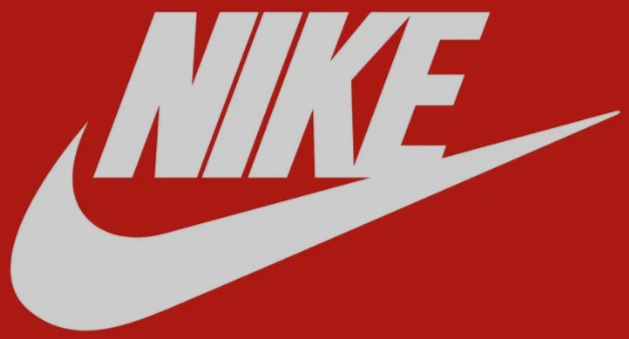
- Strengths: Strong brand recognition, innovative technology, diverse product range, and powerful marketing campaigns.
- Weaknesses: Ethical concerns related to labor practices, high prices in some categories, and dependence on celebrity endorsements.
Adidas
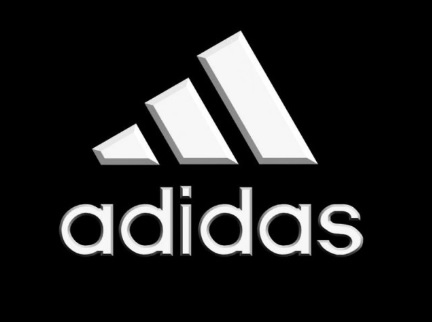
- Strengths: Global reach, strong brand heritage in sports, diverse product offerings, and collaborations with fashion designers.
- Weaknesses: Competition with Nike’s brand power and varying product quality across different lines.
Under Armour

- Strengths: Focus on performance apparel, innovative materials, and a loyal customer base among athletes.
- Weaknesses: Smaller scale and global reach compared to Nike and Adidas, and dependence on the North American market.
Puma
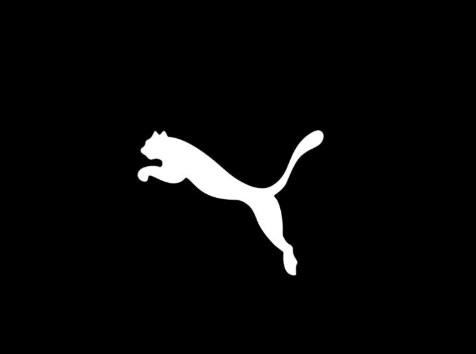
- Strengths: Focus on sports style and fashion collaborations, strong brand resurgence, and growing popularity.
- Weaknesses: Smaller market share compared to Nike and Adidas.
Lululemon
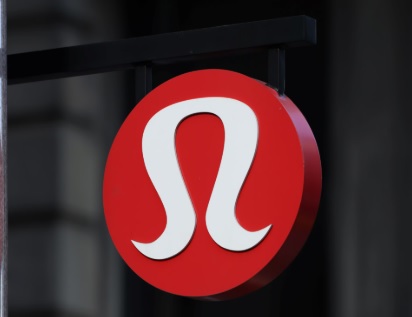
- Strengths: High-quality fabrics, strong brand reputation in the premium activewear segment, and a loyal customer base.
- Weaknesses: High price point, limited product range beyond yoga and fitness.
ASICS

- Strengths: Expertise in running footwear and apparel, focus on performance and technology.
- Weaknesses: Less emphasis on lifestyle apparel and fashion trends compared to other brands.
New Balance
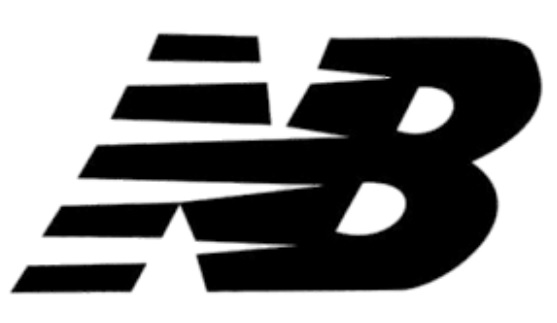
- Strengths: Strong reputation for comfort and performance in running shoes, growing popularity in lifestyle sneakers.
- Weaknesses: Limited marketing compared to Nike and Adidas.
Reebok
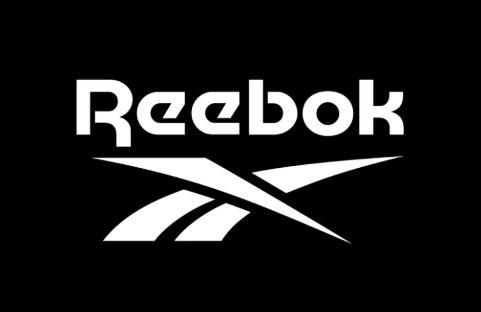
- Strengths: Affordable pricing, retro-inspired designs, and a focus on fitness apparel.
- Weaknesses: Struggles to compete with larger brands in terms of innovation and global reach.
Fila
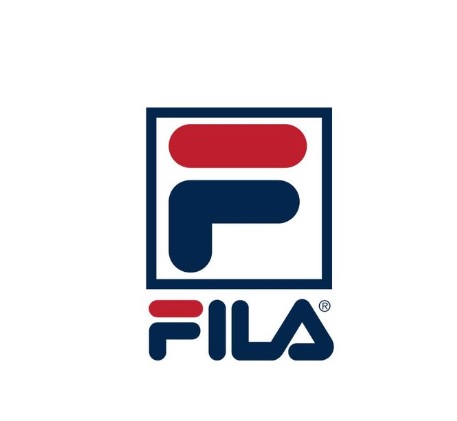
- Strengths: Trendy, retro-inspired designs, and affordable pricing.
- Weaknesses: Limited focus on performance gear compared to Nike and Adidas.
Investments and Future Plans Of The Nike Alternatives
- Nike: Investing heavily in e-commerce, digital transformation, data analytics, and sustainable manufacturing practices.
- Adidas: Expanding its online presence, focusing on innovation and sustainability, and building on its sports heritage.
- Under Armour: Restructuring its business, improving its brand image, and expanding into new markets.
- Puma: Continuing its focus on sports style and fashion collaborations, and growing its presence in key markets.
- Lululemon: Expanding its product categories (e.g., footwear), growing its men’s offerings, and enhancing its digital and omnichannel experience.
- ASICS: Innovating in running technology, expanding its apparel offerings, and growing its global brand awareness.
- New Balance: Focusing on sustainability and expanding its lifestyle sneaker line.
- Reebok: Revamping its brand with new fitness-focused collections and retro designs.
- Fila: Expanding its retro-inspired collections and growing its global presence.
Head-to-Head Comparison
- Nike vs Adidas: Nike excels in marketing and innovation, while Adidas focuses on collaborations and streetwear.
- Nike vs Under Armour: Nike has a broader product range, while Under Armour specializes in performance gear.
- Nike vs Lululemon: Nike caters to a wider athletic audience, while Lululemon targets the premium yoga and fitness segment.
- Nike vs New Balance: Nike leads in marketing, while New Balance is known for comfort and lifestyle sneakers.
Final Thoughts
The athletic apparel and footwear industry is dynamic, competitive, and constantly evolving. While Nike remains the dominant player, Nike competitors like Adidas, Under Armour, Puma, Lululemon, ASICS, and others continue to challenge its position with innovative products, strong brand identities, and unique strategies.
Whether you’re an athlete, a fashion enthusiast, or a casual consumer, exploring Nike competitors can help you find the perfect gear for your needs. From performance-driven brands like ASICS and Under Armour to fashion-forward players like Puma and Fila, the market offers something for everyone.
As the industry moves forward, sustainability, e-commerce, and consumer-centric innovation will shape the future of athletic apparel and footwear. Keep an eye on these trends—and the brands driving them!
FAQs About Nike Competitors
Nike has been a powerhouse in the athletic apparel and footwear industry for decades, but it’s far from the only player in the game. From global sportswear giants like Adidas to niche brands like Lululemon, Nike competitors are constantly innovating and finding ways to challenge Nike’s dominance.
If you’ve ever wondered how these competitors stack up, what makes them unique, or which brand might be the best fit for your needs, you’re in the right place! This friendly FAQ dives into everything you need to know about Nike competitors.
Who are Nike’s main competitors?
Nike competes with several major brands in the athletic apparel and footwear market. Here are the key players:
- Adidas: Known for its strong presence in soccer and streetwear.
- Under Armour: Focuses on performance-driven apparel and footwear.
- Puma: Combines sports style with fashion collaborations.
- Lululemon: Dominates the premium activewear segment, especially for yoga and fitness.
- ASICS: Specializes in running footwear and performance technology.
- New Balance: Famous for comfortable running shoes and lifestyle sneakers.
- Reebok: Offers fitness-focused apparel and retro designs.
- Fila: Combines casual sportswear with trendy, retro-inspired styles.
Each competitor has its own strengths, so it really depends on what you’re looking for!
Why is Nike so dominant in the market?
Nike’s dominance comes from a combination of factors:
- Innovation: Nike consistently pushes boundaries with new technologies like Flyknit and Zoom Air.
- Marketing: Iconic campaigns featuring athletes like Michael Jordan and Serena Williams have solidified Nike’s brand image.
- Global Reach: Nike has a massive presence worldwide, making it accessible to consumers everywhere.
- Diverse Product Range: From basketball shoes to lifestyle apparel, Nike caters to a wide range of needs.
That said, Nike competitors are catching up by focusing on their own unique strengths.
How does Adidas compare to Nike?
Adidas is easily Nike’s closest competitor and offers a similar mix of performance gear and stylish apparel.
- Strengths: Adidas excels in soccer (football) and streetwear collaborations, such as its partnerships with Kanye West (Yeezy) and Pharrell Williams.
- Weaknesses: While Adidas is strong globally, it sometimes struggles to match Nike’s marketing power and innovation.
If you’re into soccer or want trendy athleisure wear, Adidas might be the better choice for you.
What makes Under Armour different from Nike?
Under Armour focuses heavily on performance-driven gear, making it a favorite among athletes.
- Strengths: It’s known for innovative materials like HeatGear and ColdGear, which help athletes perform in extreme conditions.
- Weaknesses: Under Armour doesn’t have the same global reach or lifestyle appeal as Nike.
If you’re looking for high-performance apparel, Under Armour is a great alternative to Nike.
Is Puma a serious competitor to Nike?
Absolutely! Puma has been gaining ground, especially in the sports style and fashion collaboration space.
- Strengths: Puma combines athletic gear with trendy designs, making it popular among younger, fashion-conscious consumers.
- Weaknesses: Puma’s market share is smaller compared to Nike and Adidas.
If you want athletic gear that doubles as stylish streetwear, Puma might be your go-to brand.
How does Lululemon compete with Nike?
Lululemon operates in a more niche market, focusing on premium activewear, particularly for yoga and fitness enthusiasts.
- Strengths: Lululemon offers high-quality fabrics, sleek designs, and a loyal customer base.
- Weaknesses: Its product range is limited compared to Nike, and its price point is higher.
If you’re looking for stylish, premium workout apparel, Lululemon is a fantastic alternative to Nike.
What makes ASICS stand out among Nike competitors?
ASICS is all about performance, particularly in running footwear.
- Strengths: ASICS is a favorite among runners due to its focus on comfort, durability, and advanced technology like GEL cushioning.
- Weaknesses: It doesn’t emphasize lifestyle or fashion as much as Nike or Adidas.
If you’re a serious runner, ASICS might be the perfect alternative to Nike.
Is New Balance a strong competitor to Nike?
New Balance has carved out a niche in both performance running shoes and lifestyle sneakers.
- Strengths: Known for comfort and quality, New Balance appeals to both athletes and casual wearers.
- Weaknesses: It doesn’t have the same marketing power or global reach as Nike.
If you value comfort and understated style, New Balance is a great choice.
What about Reebok? How does it compare to Nike?
Reebok has been reinventing itself in recent years, focusing on fitness apparel and retro-inspired designs.
- Strengths: Reebok offers affordable options and nostalgic styles, like its Classic sneaker line.
- Weaknesses: It struggles to compete with Nike’s innovation and marketing.
If you’re into retro vibes or fitness-focused gear, Reebok is worth checking out.
Is Fila a serious alternative to Nike?
Fila is more focused on lifestyle and casual sportswear than high-performance athletic gear.
- Strengths: Fila’s retro-inspired designs and affordable pricing make it popular among fashion-conscious consumers.
- Weaknesses: It doesn’t compete directly with Nike in terms of performance or innovation.
If you want trendy, casual sportswear, Fila might be a fun alternative to Nike.
Are there any emerging alternatives to Nike?
Yes! While Nike’s major competitors like Adidas and Under Armour are well-established, emerging brands like On Running and Hoka One One are gaining traction in the running footwear market. Additionally, brands like Gymshark are making waves in fitness apparel, particularly among younger consumers.
These new players are leveraging niche markets and social media to compete with industry giants like Nike.
How do consumer preferences shape the competition?
Consumer preferences are constantly evolving, and Nike competitors are adapting to meet these demands. Here’s what matters most to consumers:
- Performance: Athletes prioritize gear that enhances their performance.
- Style: Fashion-conscious buyers look for trendy designs and collaborations.
- Comfort: Everyone wants apparel and footwear that feel great to wear.
- Price: Affordability is key for many consumers, especially in competitive markets.
- Sustainability: Eco-conscious buyers are increasingly seeking brands that prioritize sustainable practices.
Brands that can balance these factors effectively stand the best chance of competing with Nike.
What should I consider when choosing between Nike and its competitors?
When deciding between Nike and its competitors, think about:
- Your Needs: Are you looking for high-performance gear, stylish athleisure, or affordable options?
- Your Budget: Some brands, like Lululemon, are more premium, while others, like Reebok, are more affordable.
- Your Values: If sustainability matters to you, look for brands that emphasize eco-friendly practices.
- Your Style: If fashion is a priority, brands like Adidas and Puma might appeal to you more.
Ultimately, the best choice depends on what matters most to you!
